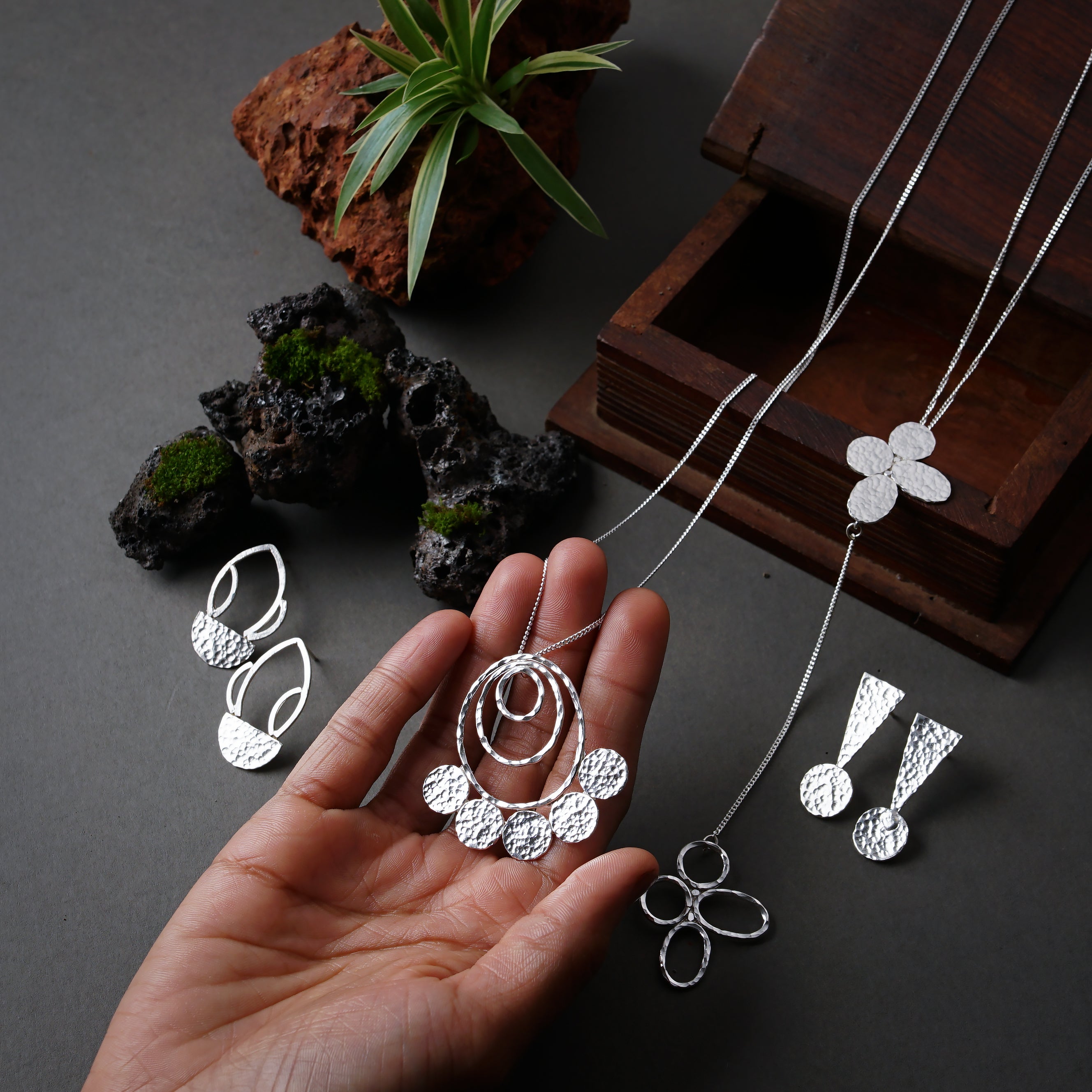
Handmade Jewellery vs Casting Jewellery - What’s the Difference & Which is Better?
Handmade jewellery is jewellery that is made by hand, rather than being produced using a machine or casting process. It is typically created by a skilled craftsman or artisan who uses a variety of techniques to shape and form the metal or other materials into the desired design. Handmade jewellery can be made from a variety of materials, including precious metals such as gold and silver, as well as non-precious materials like wood, glass and plastic.
Casting jewellery, on the other hand, is made using a casting process in which a mold is created of the desired design, and then molten metal is poured into the mold to create a replica of the original design. This process allows for the creation of multiple copies of the same design, which can be mass-produced. Casting can be used to create jewellery from a variety of materials, including gold, silver, and other precious and non-precious metals.

Salient Features of Handmade Jewellery
There are several characteristics that are typically associated with handmade jewellery:
Quality: Handmade jewellery is typically made with a higher level of craftsmanship and attention to detail, as it is created by a skilled artisan rather than being mass-produced by a machine. This often results in a higher quality finished product.
Uniqueness: Each piece of handmade jewellery is unique, as it is made by hand rather than being replicated using a mold or other casting process. This means that no two pieces of handmade jewellery are exactly the same. TSome may argue that this uniqueness adds to its beauty.
Customization: Handmade jewellery can often be customized to the wearer's preferences, such as by using specific materials or creating a specific design. With handmade jewellery, the options are limitless! Even alterations can be made to the final product if required.
Durability: Handmade jewellery is typically made with high-quality materials and construction techniques, which can result in a more durable finished product. This is especially true if the design is very intricate or delicate, as the craftsman has the ability to control the thickness of the wire/metal used in each and every piece.
Personal connection: Many people appreciate the personal touch and connection that comes with owning a piece of handmade jewellery, as it is often made by an individual craftsman rather than being mass-produced.
Though an important point to remember here is that molds might be used for handmade jewellery too, for basic shapes, motifs etc., but the majority of the process involves crafting by hand.

Salient Features of Casting Jewellery
Some characteristics of casting jewellery include:
Mass production: Casting allows for the creation of multiple copies of the same design, which can be mass-produced. This makes casting an efficient method for producing jewellery in large quantities.
Certain European & American brands get the same piece of jewellery made in large volumes that consist of hundreds, sometimes thousands of pieces. Here, the focus is on consistency of design, lesser wastage of materials & precious metals used, and designs that are less likely to require any major repairs or reworking.
Cost effectiveness: Because casting allows for mass production, it can often be more cost-effective than handmade jewellery, which is made individually by a skilled craftsman. This type of jewellery is often made in factories, and only the stone setting is done by hand.
Consistency: Casting jewellery is made using a mold, which allows for the creation of multiple identical copies of the same design. This means that casting jewellery is often more consistent in terms of size, shape, and overall appearance.
Material options: Casting can be used to create jewellery from a variety of materials, including gold, silver, and other precious and non-precious metals. Typically, German silver, nickel, cadmium or brass jewellery is normally mass-produced in factories or production lines.
Customization: While casting jewellery may not be as customizable as handmade jewellery, it is still possible to create custom designs using the casting process. However, there may be limitations in case of intricate or delicate designs.

There are pros and cons to both handmade and casting jewellery.
Handmade jewellery is often considered to be of higher quality and more unique, as each piece is created individually by a skilled craftsman. However, it can be more expensive and time-consuming to produce than casting jewellery.
Casting jewellery, on the other hand, allows for the production of multiple copies of the same design at a lower cost and in a shorter amount of time. However, it may not be as unique or of the same quality as handmade jewellery.
Also, most or all of our heirloom jewellery today, is in fact handmade jewellery, which our grandmothers and/or great grandmothers got made specially for certain occasions. They carry tremendous love & sentimental value even today!

In modern times, it may also be difficult to find the right craftsmen to craft handmade jewellery with the detailing, consistency & finish as that of our ancestral jewellery. Talented & dedicated jewellery craftsmen are slowly becoming rare and hard to find. So the onus is on us. If we switch to handcrafted jewellery and are willing to pay a decent price for it, it will entourage craftsmen to continue to pursue it as a profession, and pass on these skills to future generations. This will help keep this art form alive.
What is your take? Would you rather buy handmade jewellery or casting jewellery? Do let us know in the comments below. Also, check out Aadyaa’s range of elegant & classy jewellery - some of which is handcrafted, and some is machine made/casting jewellery, but the designs are unique!

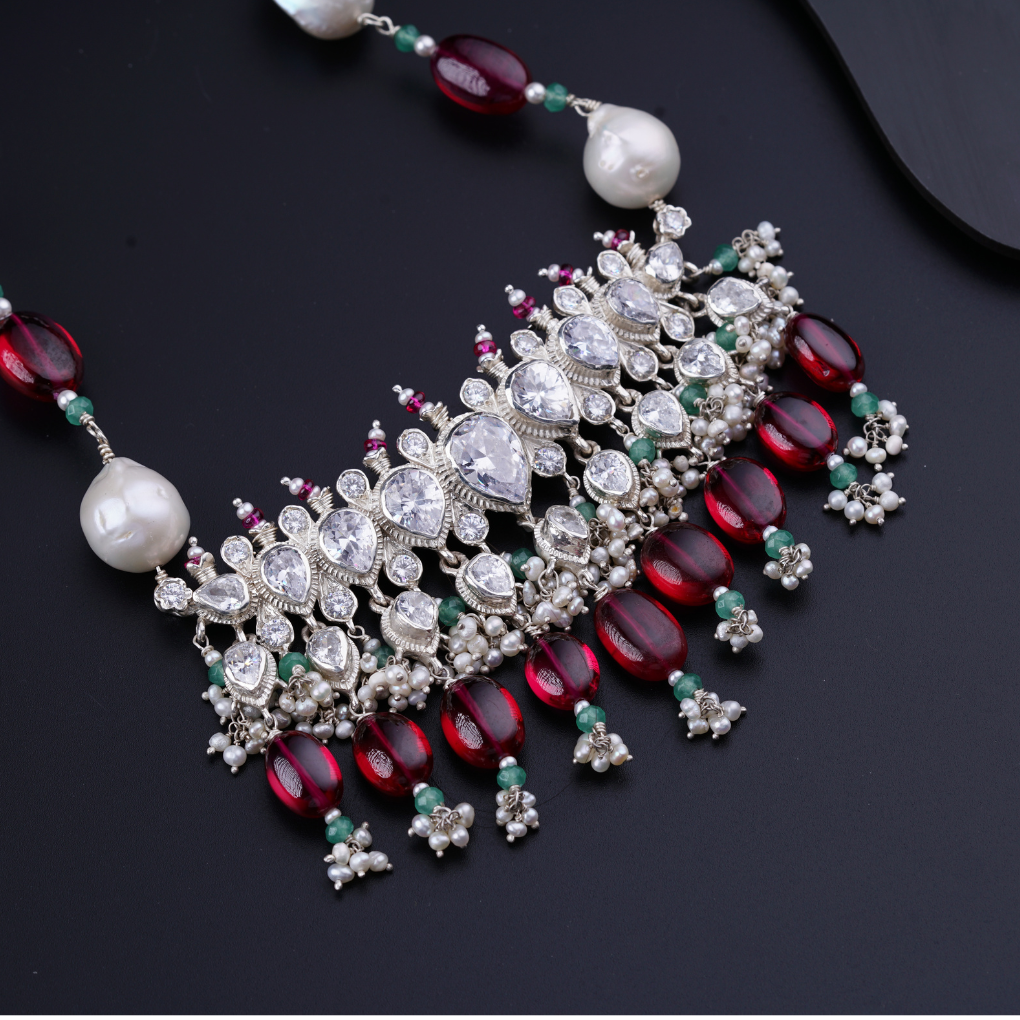

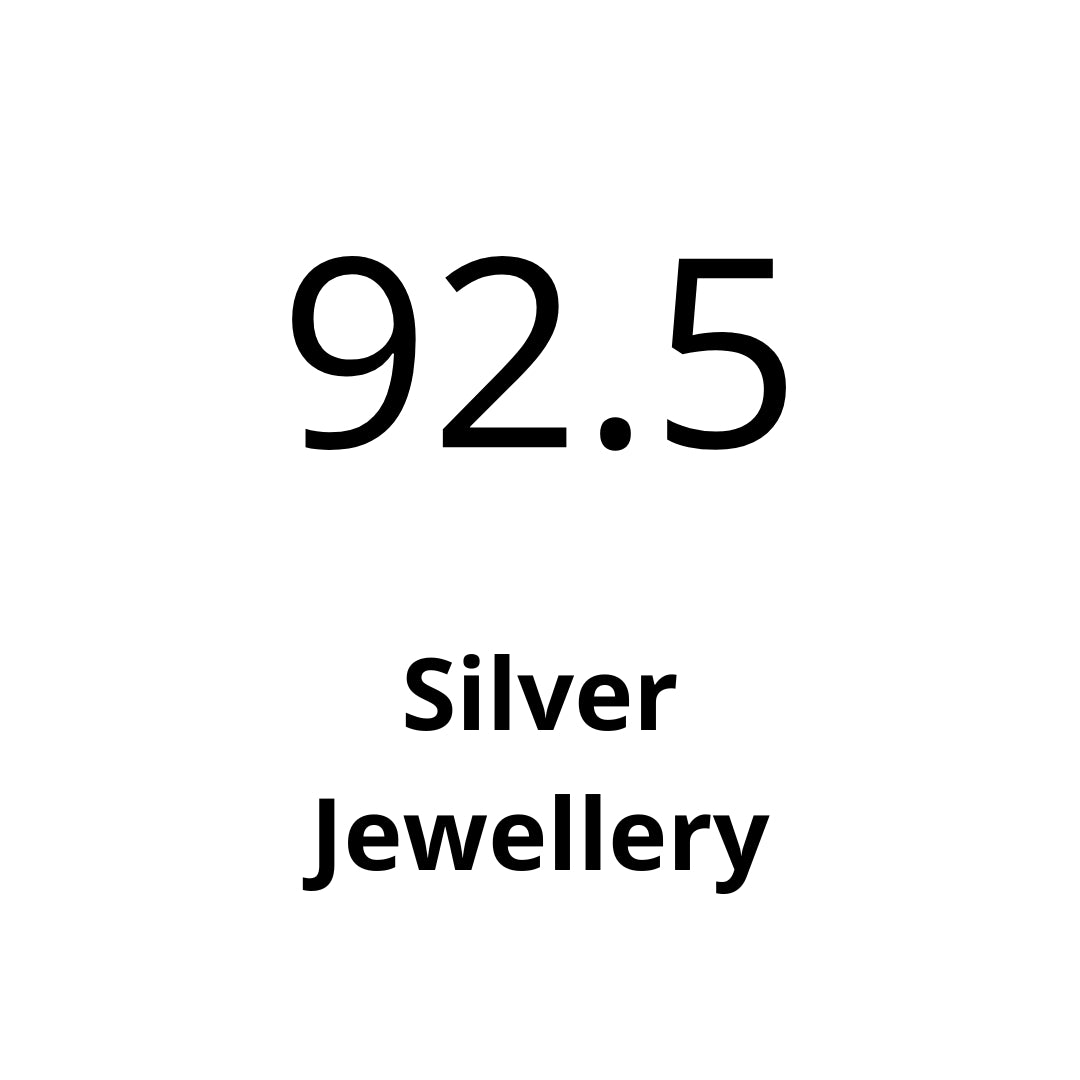

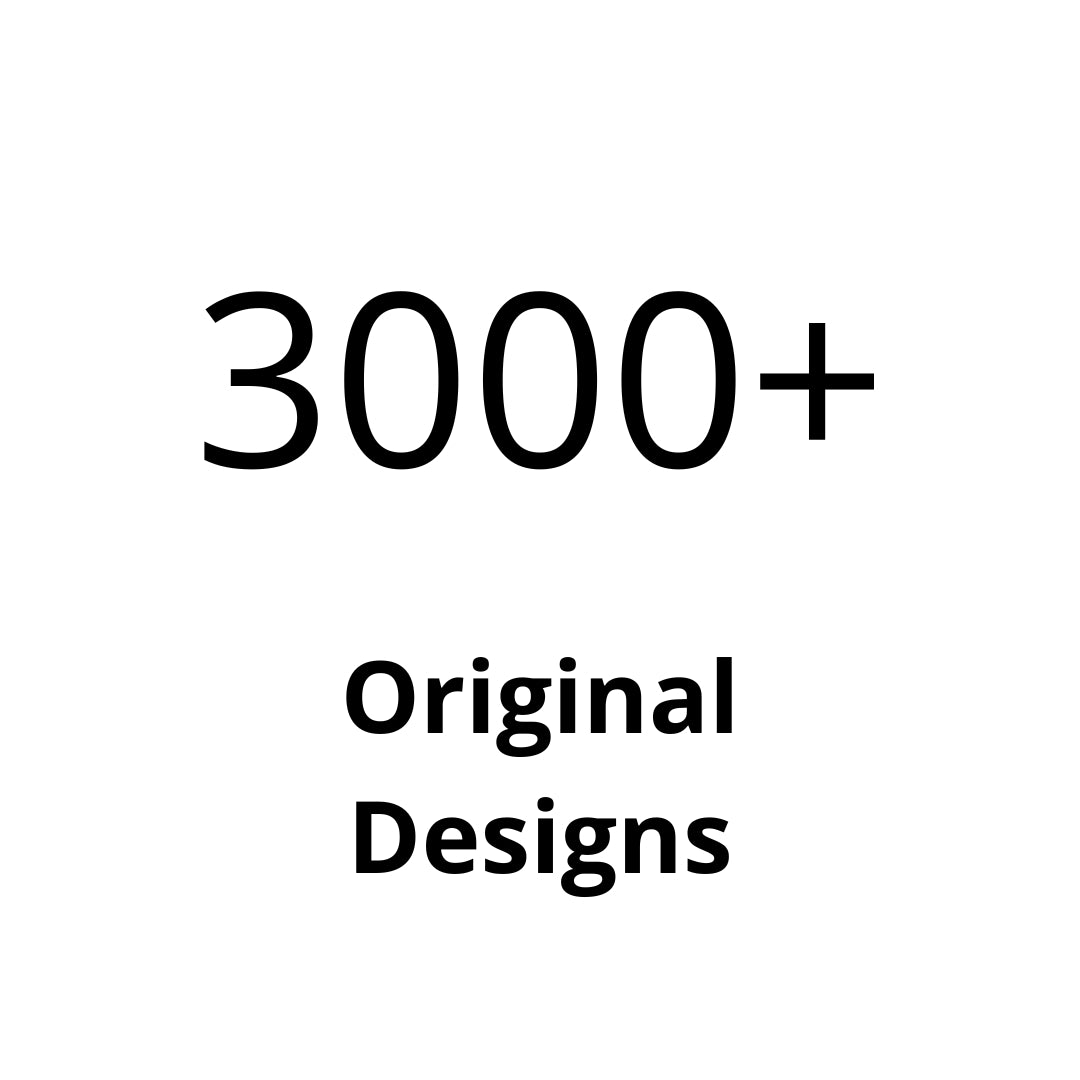
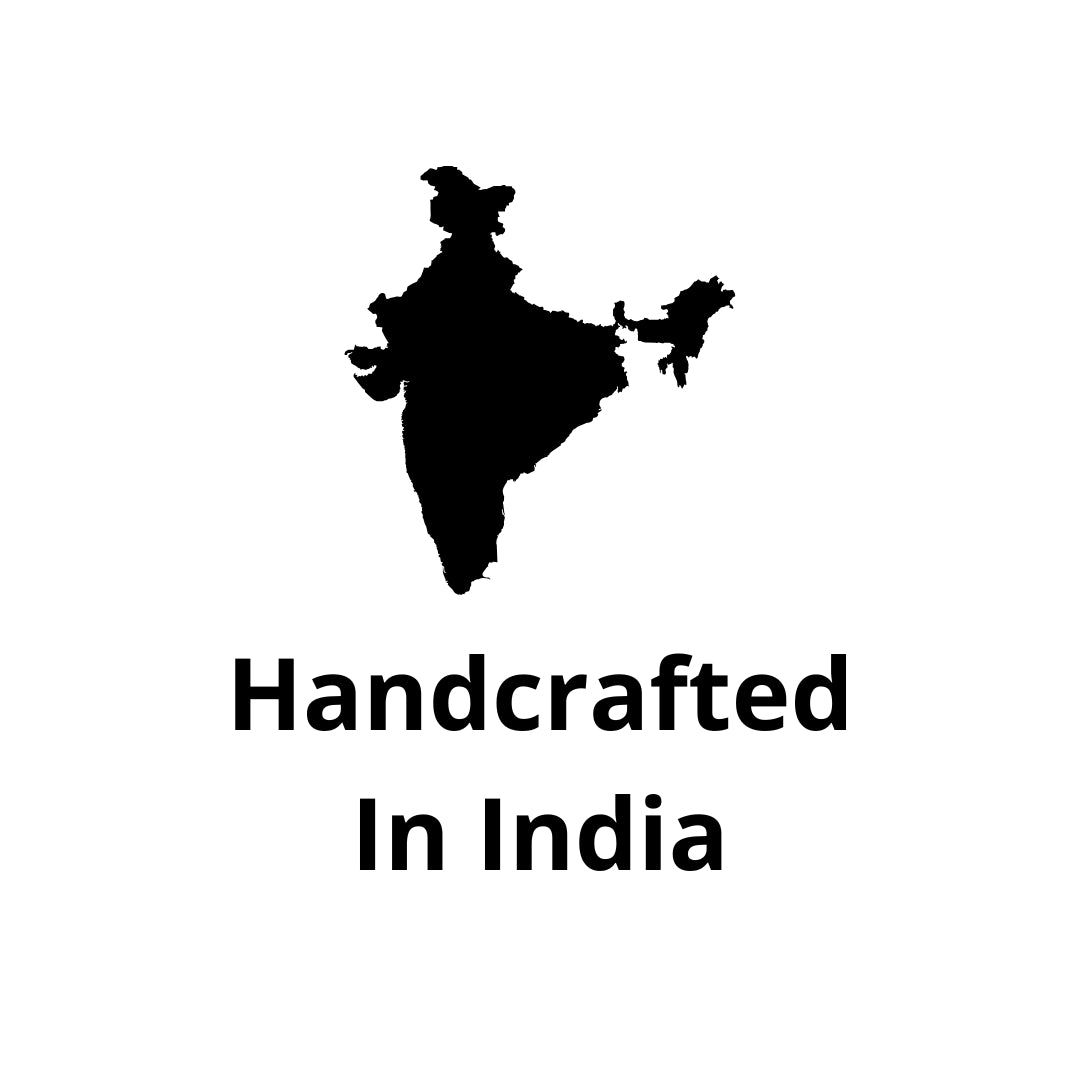

Leave a comment
This site is protected by hCaptcha and the hCaptcha Privacy Policy and Terms of Service apply.